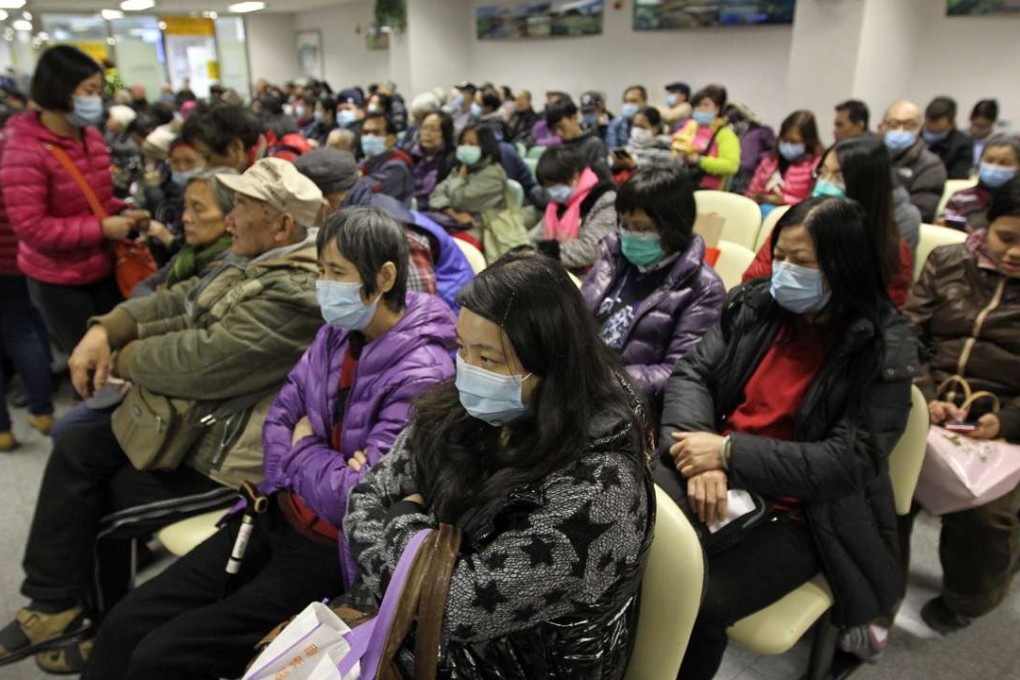Spread the load: public hospitals not for non-urgent cases

Overcrowded public hospitals and overworked medical staff have once again made the headlines.
The truth is, the number of flu cases this year is not as high as it was last year, yet nonetheless that has caused a medical service overload – a diversion of the workload from the public hospitals’ accident and emergency (A&E) units is imperative.
Currently, approximately 5,000 public doctors are in place to serve 90 per cent of the city’s population, with the remaining 10 per cent of the population cared for by around 7,000 private doctors.
That is a maldistribution of manpower. There should be a better public-private partnership. Private doctors should be hired to help at public A&E departments, but not without decent pay. Factors of resistance lie not just with the private doctors, but also with patients lining up at public A&E units. They are willing to wait for hours before being treated, because the HK$100 registration fee they pay at public hospitals, inclusive of almost all medical services, is far more economical than private medical fees.
It should be noted that many of these patients are non-urgent cases that don’t necessarily require immediate medical attention. So the government has to make better use of the triage screening process to separate the urgent from non-urgent cases. Vouchers can be given to patients who are non-urgent cases to pay for private medical services.
It is painfully obvious there is a bottleneck, where patients who have been through a consultation with a doctor are waiting up to three days to be transferred to a ward, because there are not enough beds.